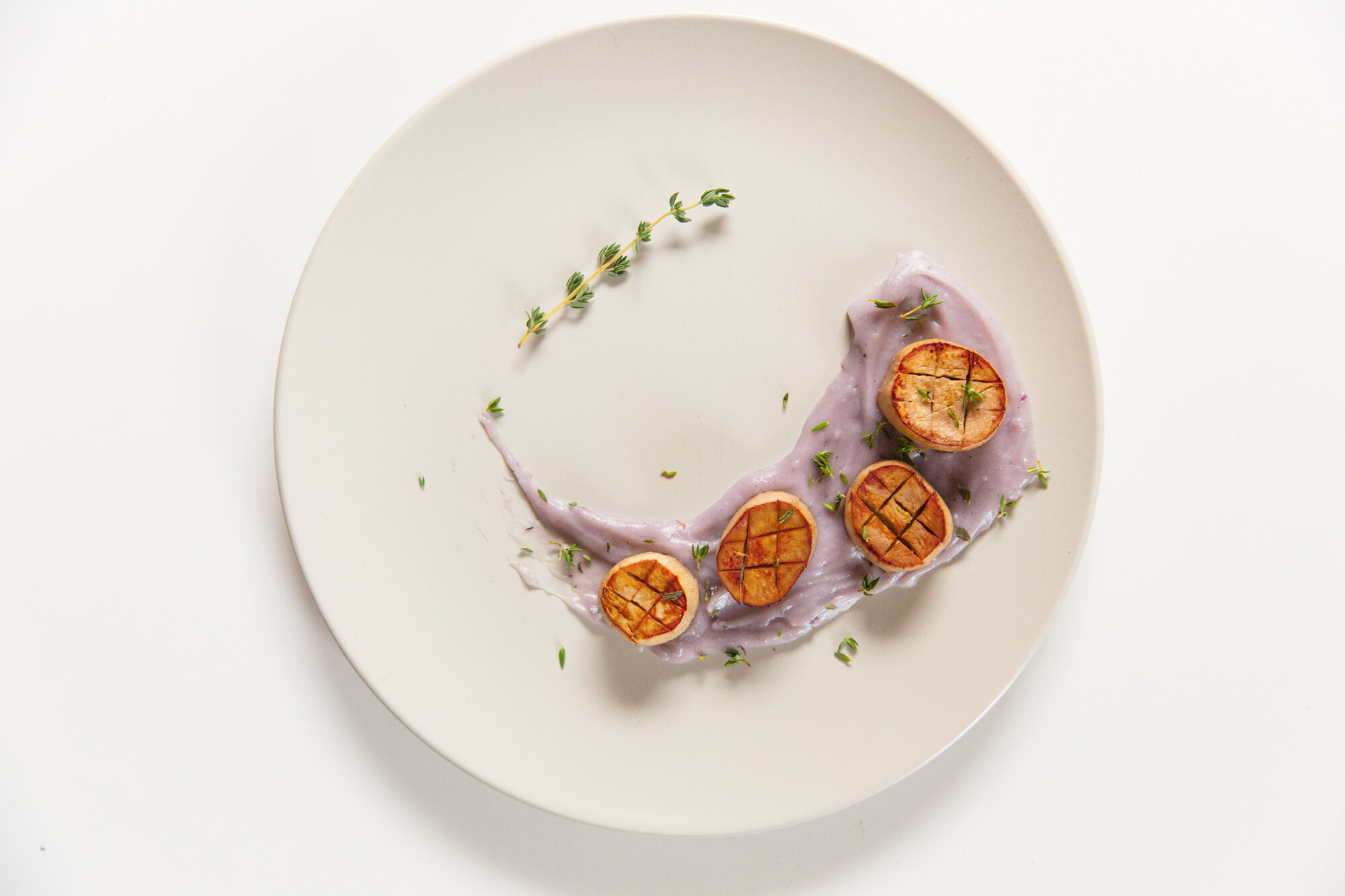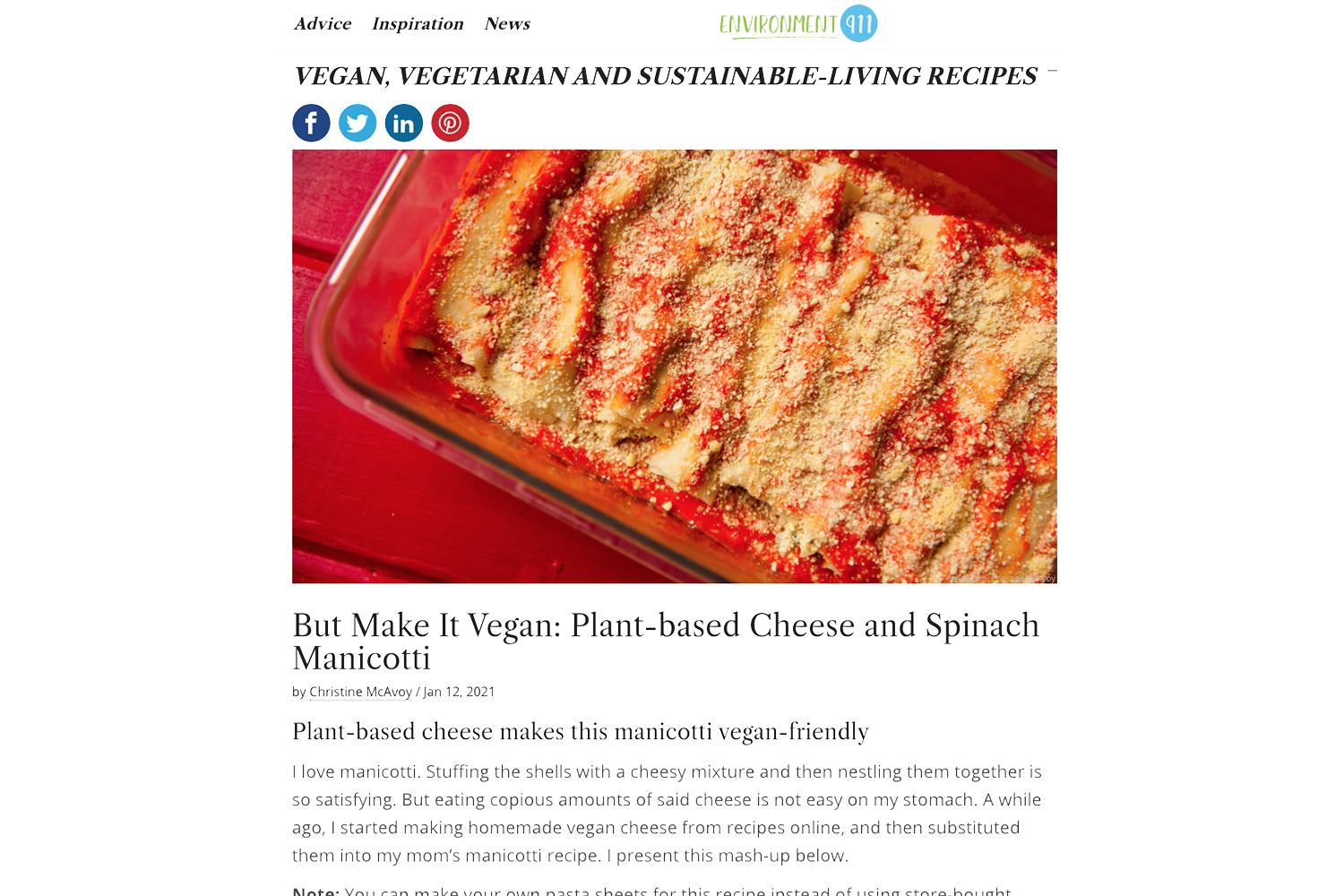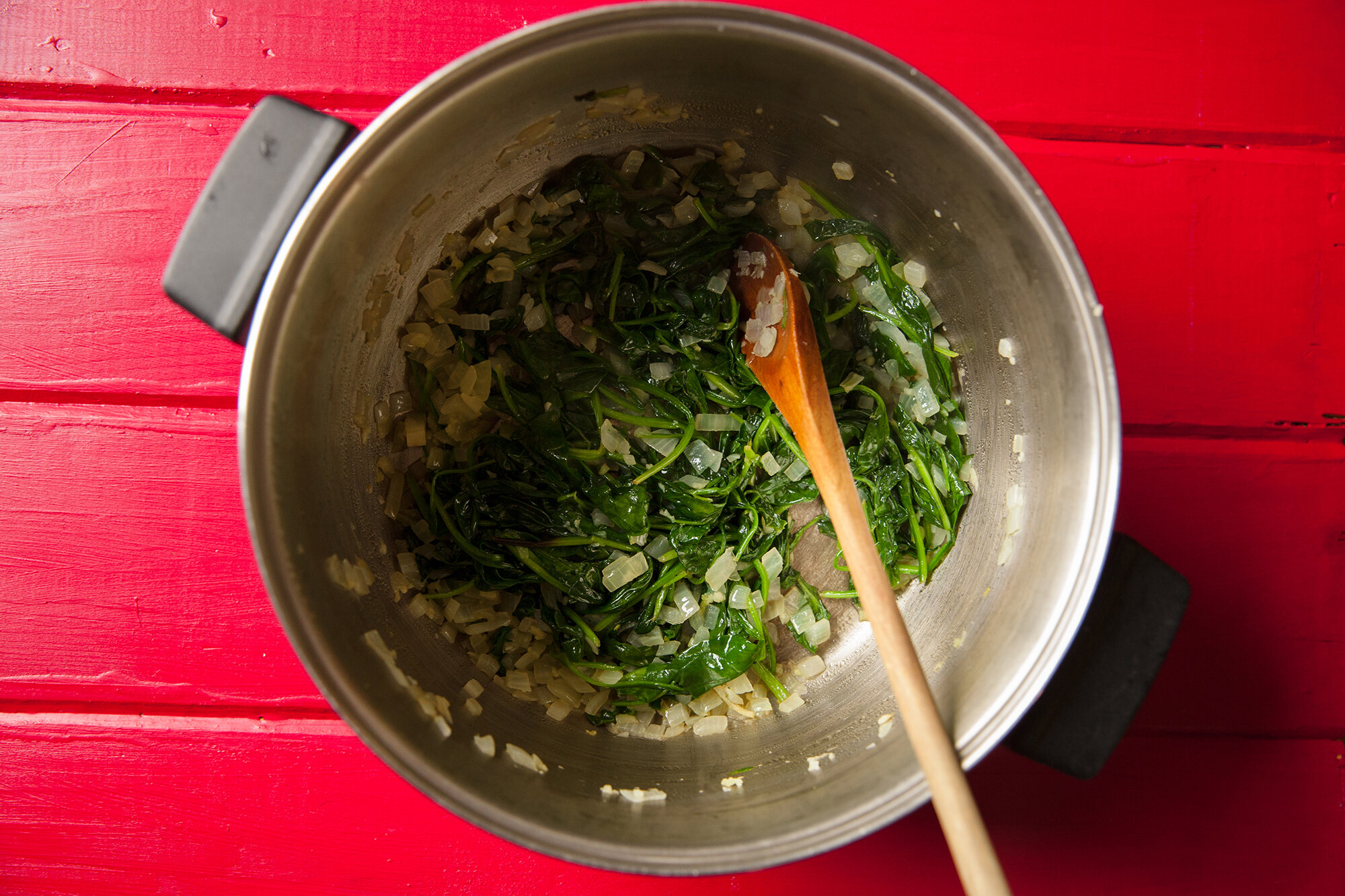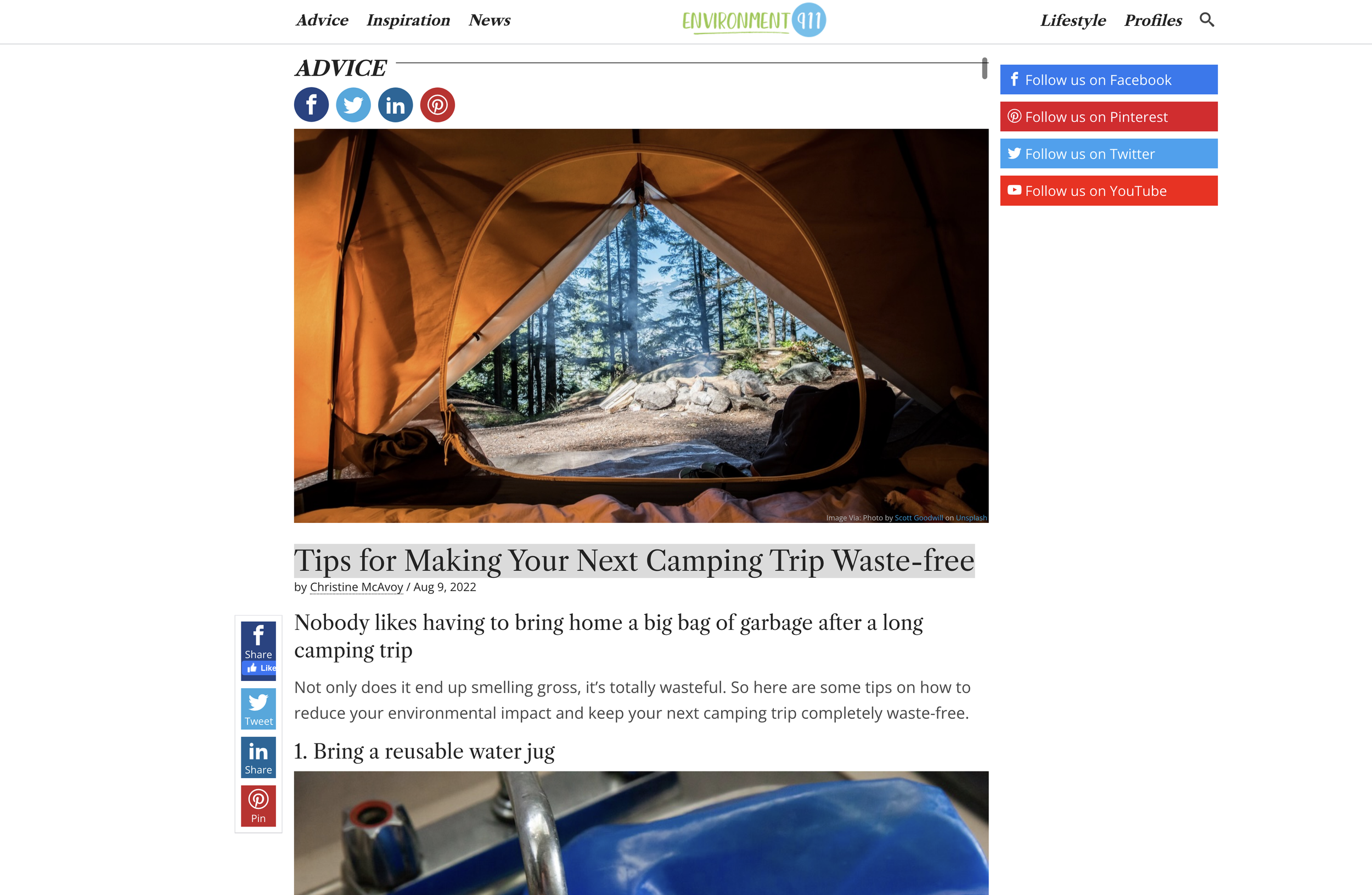
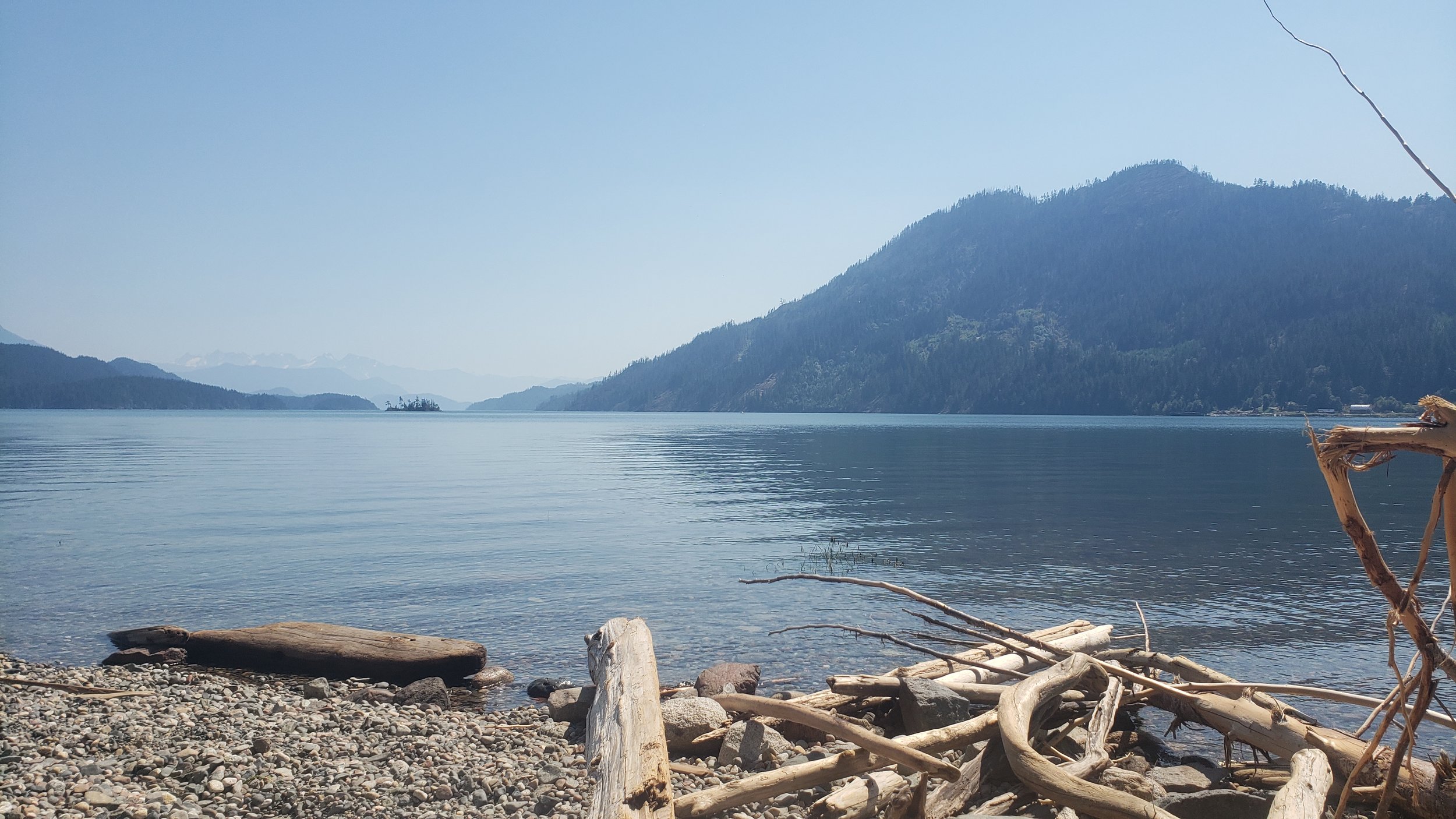
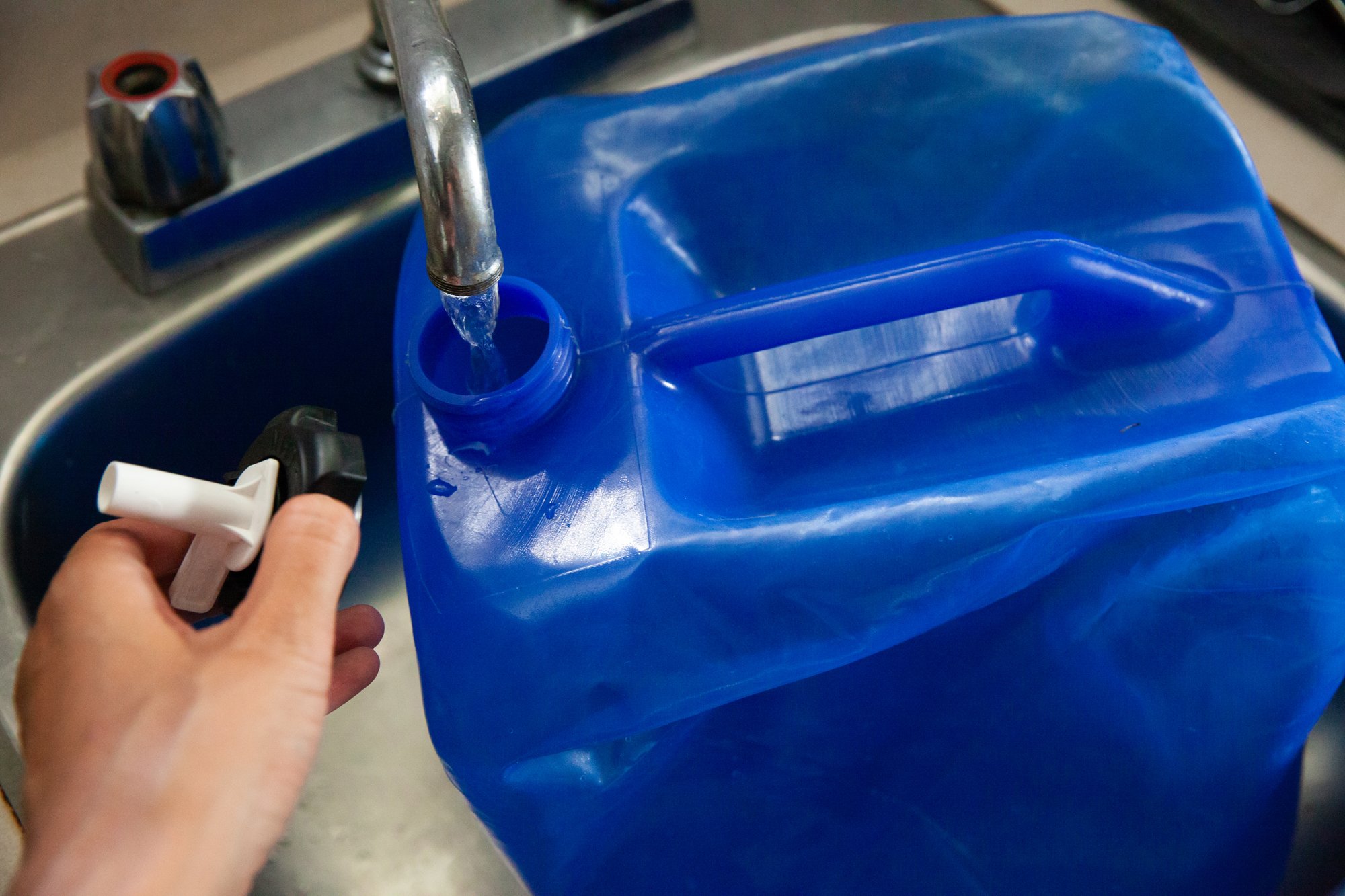
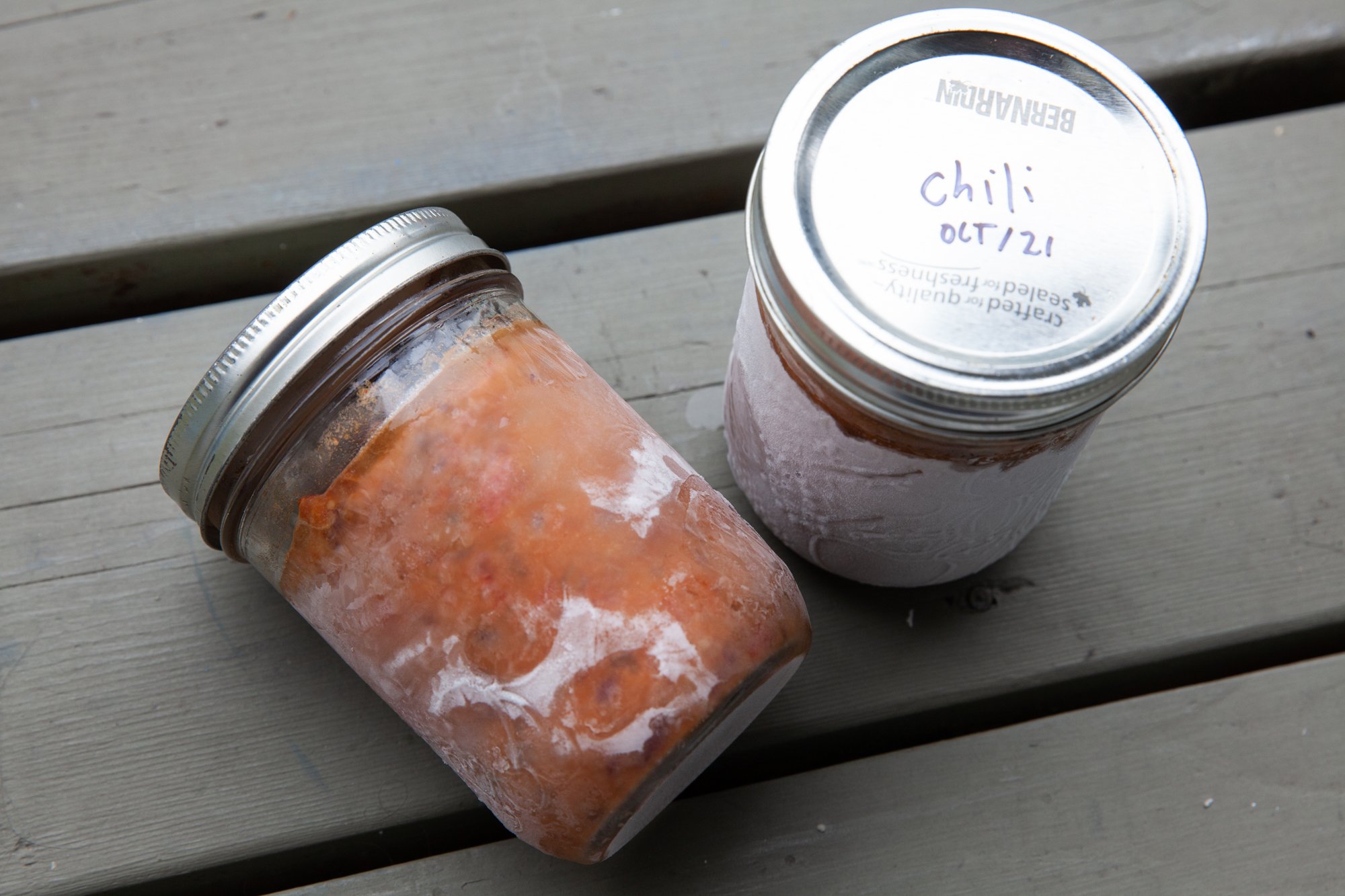
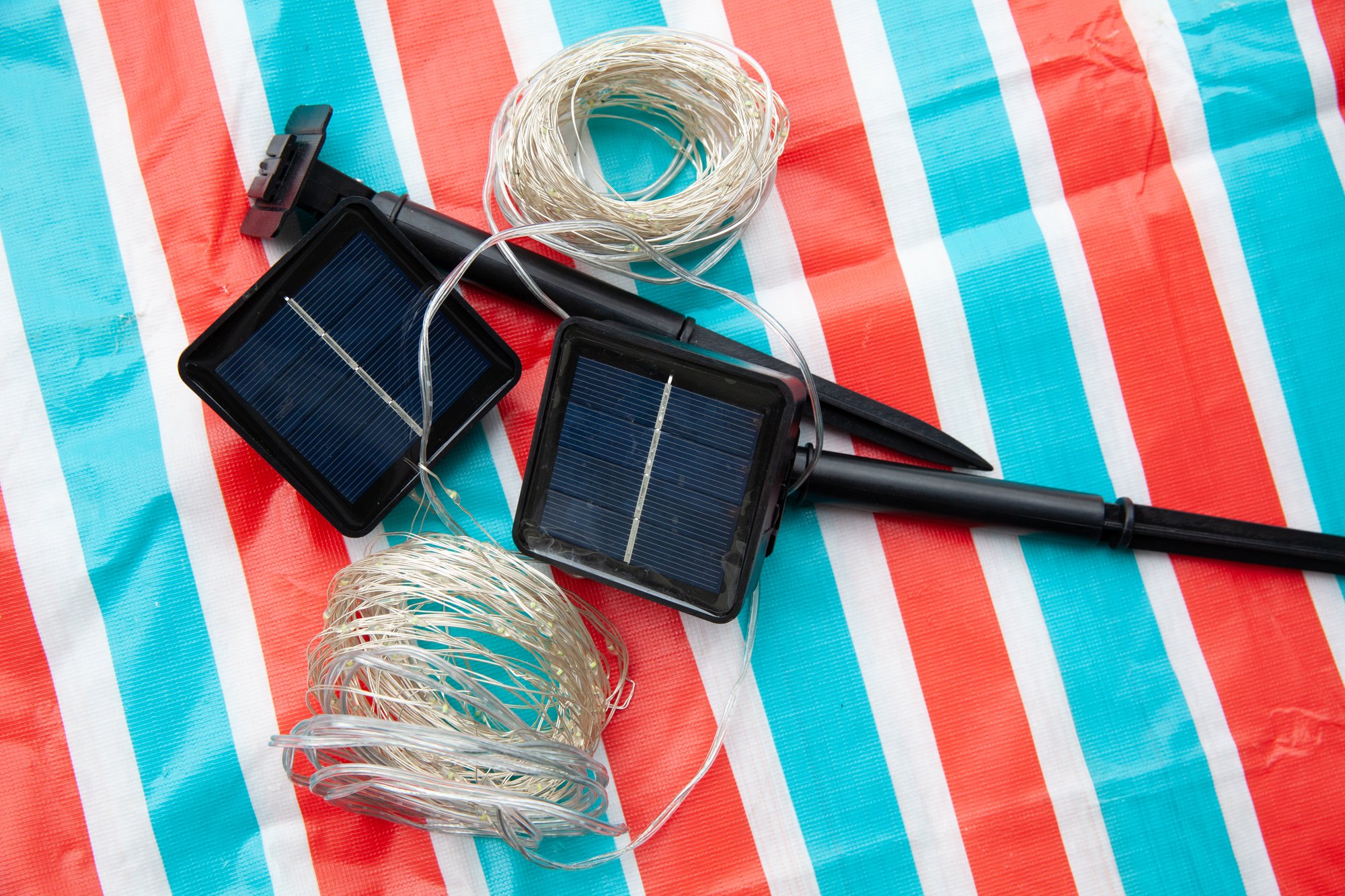
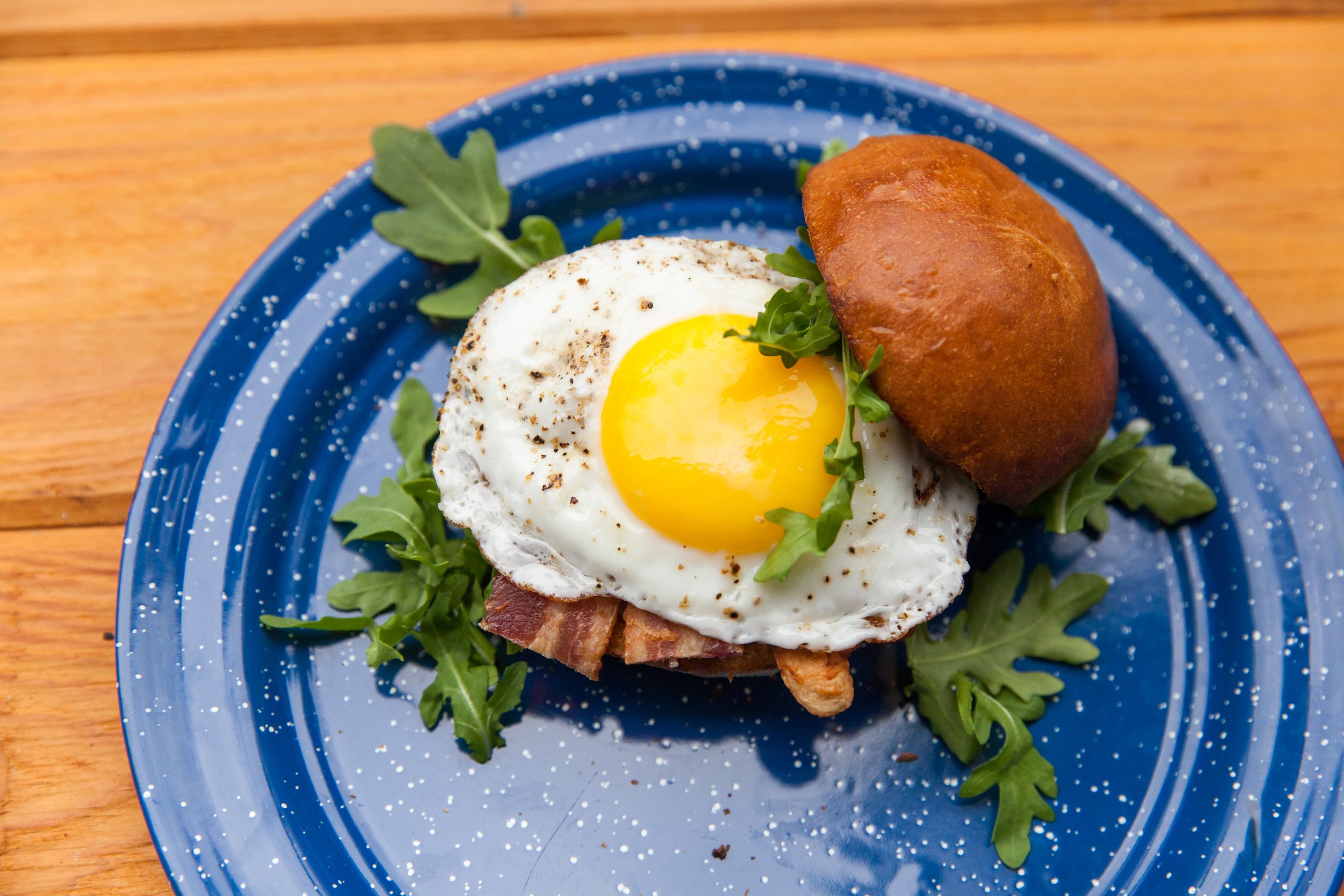
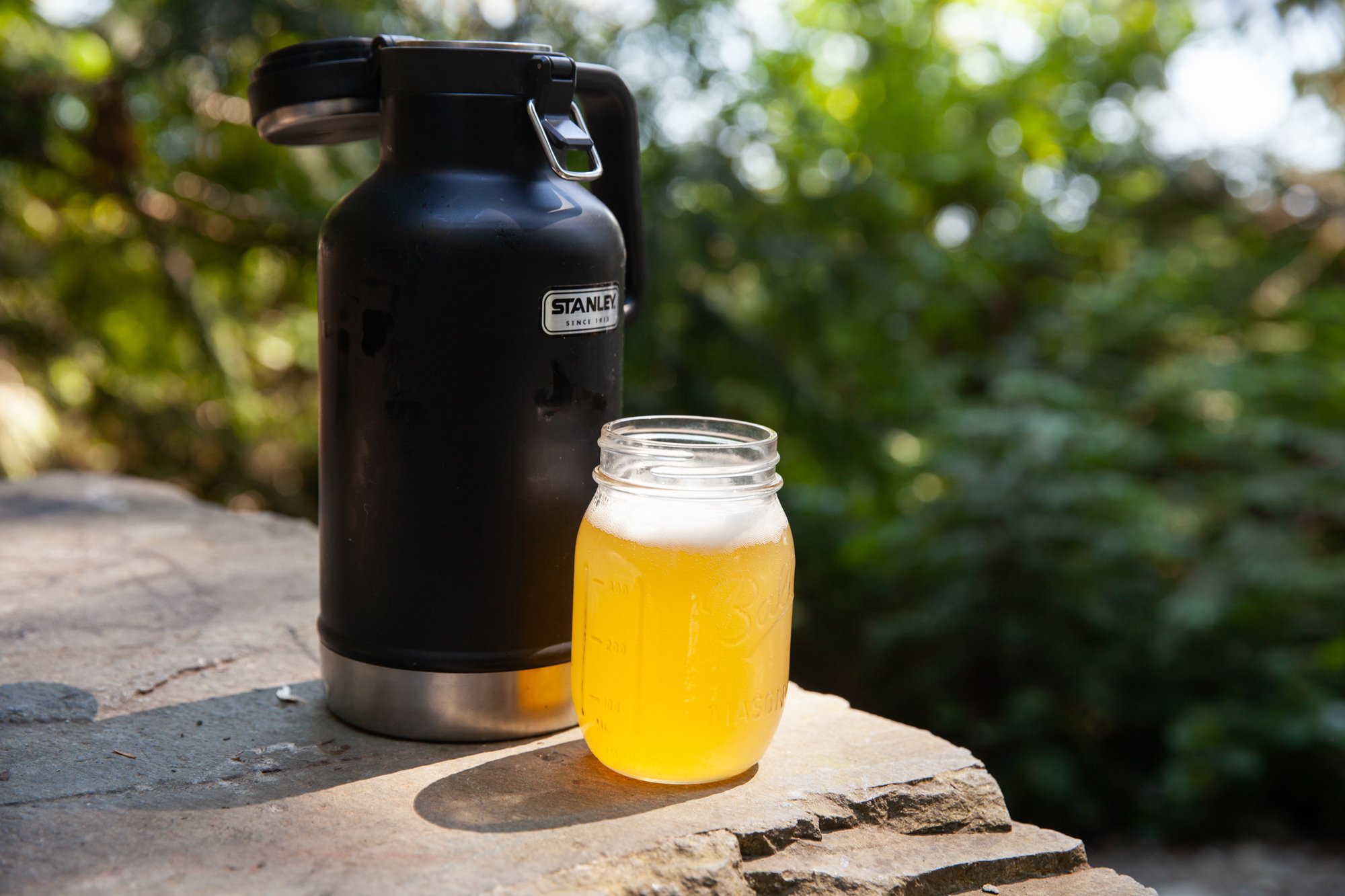

Tips for Making Your Next Camping Trip Waste-free
for Environment911.org
Nobody likes having to bring home a big bag of garbage and cans after a long camping trip. Not only does it end up smelling gross, you know it’s totally wasteful.
So here are some tips on how to reduce your environmental impact and keep your next camping trip completely waste-free.
Reusable Water Jug – You can fill it up at home, and it collapses down when it’s empty for easy storage. This will save you from buying any big plastic water jugs or bottles from the store.
Prep Food at Home & Bring Frozen – If you decide on meals that you can prep at home, it means saving time at the campsite, and if you can freeze them, it helps keep things in the cooler cold while it defrosts. Another bonus is that you can store any leftovers from meals in said jars afterwards.
Solar Lights – This is a no brainer as there are lots of string and in-ground solar lights that will help you save on lanterns that use batteries or fuel.
Reusable Plates, Cutlery, Glassware – Yes paper plates might seem easier (and might be if you’re camping when there isn’t a fire ban), but if you bring enough reusable camping dishes, they’re easy to clean, or if it’s a short trip, just rinse them and do the dishes at home. And if you wash some of the mason jars you brought your food in, you can use them as glassware as well.
Dish Towels vs Paper Towels – Same thing as above – bring a few dish towels instead of letting the paper towels pile up. If you have a clothesline, they’ll dry easily during the day as well.
Growler Fill & Pre-Mix Drinks – Get growlers filled on the way to the campsite and then you’re not left with piles of cans that you have to deal with the whole time. And if you pre-mix some cocktails in mason jars, you’re also not dealing with juice jugs of all sorts and then all you have to do is add ice.
Ice Packs vs Bags of Ice – Speaking of ice, ahead of time, make some ice for your drinks in your freezer at home, and just use ice packs (and your frozen food) in the cooler to cool your items. Not only will this prevent you from having a ton of plastic ice bags afterwards, but it’ll save a bunch of money as the ice packs are reusable. (My friends even reuse the ice pack from their meal kit delivery boxes.)
Invest/Repair/Rent/Borrow/Buy Used Camping Gear – If you don’t have an item that you want for camping, there are lots of places to get it instead of buying something brand new. Sometimes you can find brand new things for sale online, or call up that friend you know that’s an avid camper and ask to borrow an item for your trip. It saves you money, and you can give some gear a second life.



